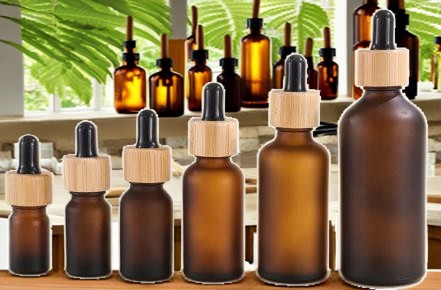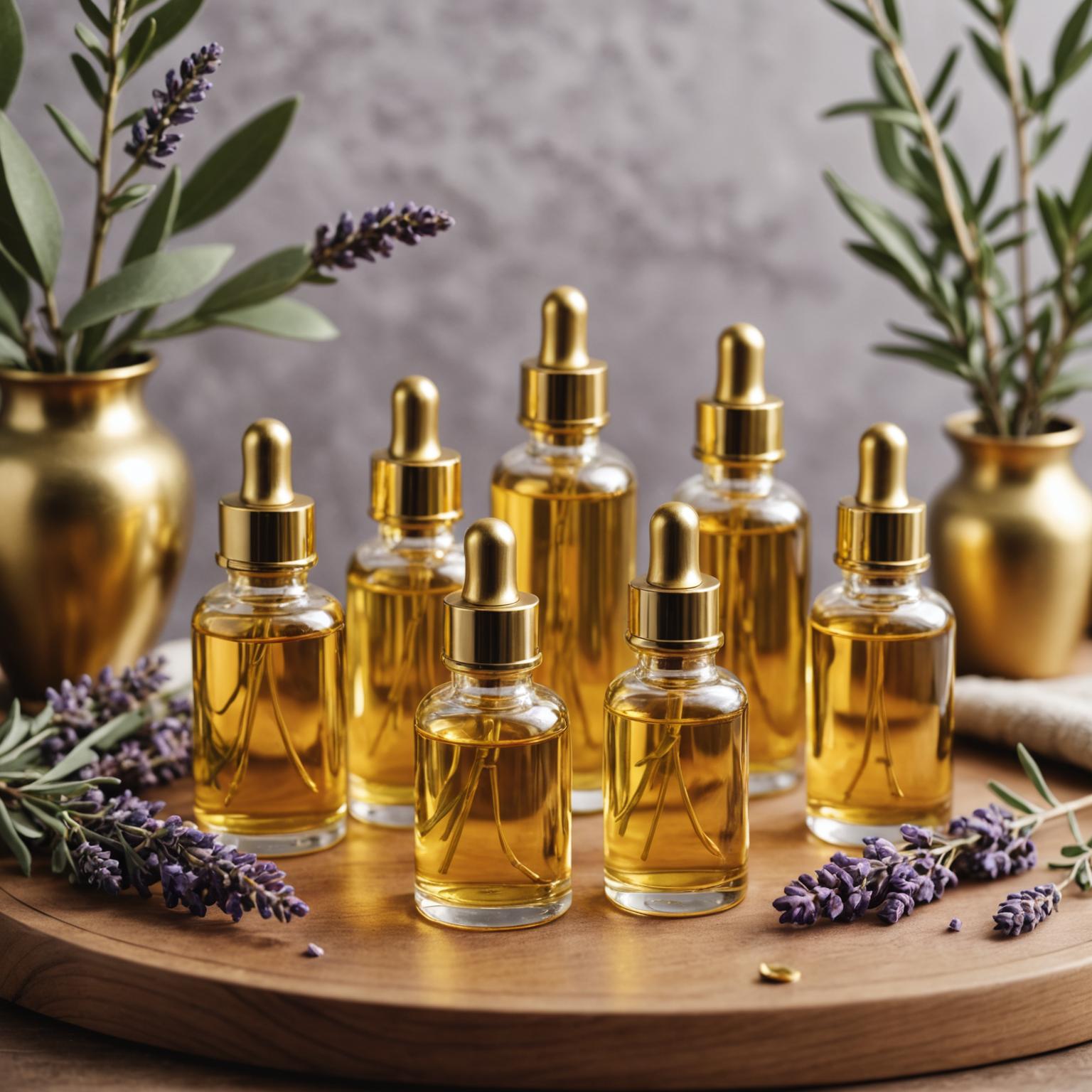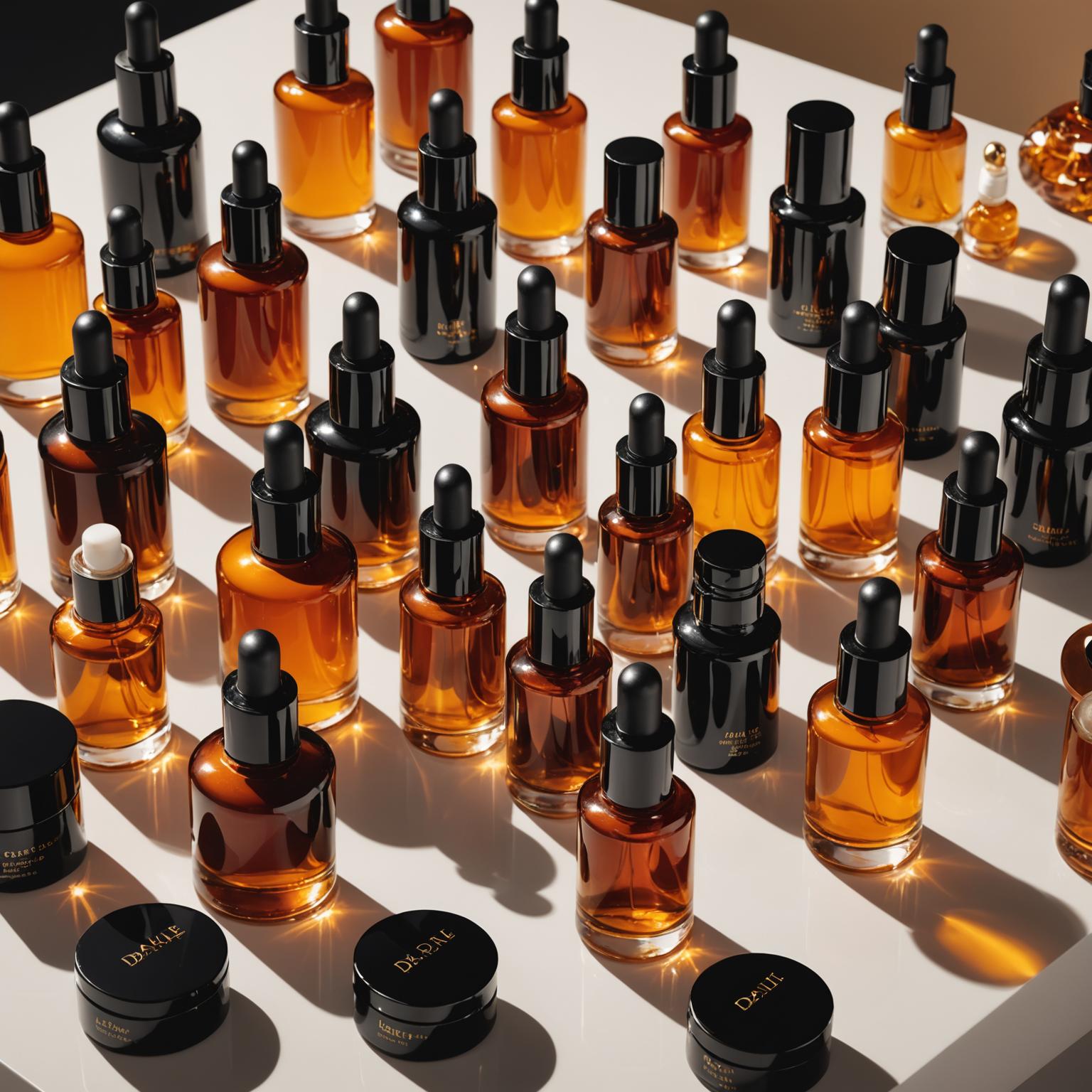Navigating Canton Fair Packaging Solutions: Top Queries, Tips & One-Stop Supplier Insights
International buyers in the cosmetics, medical, and personal care industries know that the Canton Fair in Guangzhou is a goldmine for sourcing packaging solutions. From plastic and glass bottles to eco-friendly containers, the fair offers a vast array of options – but it also raises many questions. What do attendees typically search for on Google, LinkedIn, Facebook, or YouTube when planning their trip? How can you find the best packaging suppliers in China and ensure they’re reliable? Below, we dive into the most frequently searched topics and provide a roadmap for creating an SEO-optimized, value-packed blog post that attracts and engages these buyers while naturally introducing PauPack as a one-stop packaging partner.
Common questions and search queries among Canton Fair attendees include:
-
Where to stay in Guangzhou during the Canton Fair? – Logistics like accommodation are a big concern for overseas visitors.
-
How to find Chinese suppliers for packaging? – Buyers seek strategies to locate quality manufacturers at the fair.
-
Best packaging suppliers at the Canton Fair – Many look for recommendations or “top suppliers” lists to maximize their time.
-
Eco-friendly cosmetic packaging suppliers in China – Sustainable packaging is a hot topic, with buyers searching for “green” solutions.
-
How to verify suppliers from Canton Fair – Ensuring a supplier is legitimate and trustworthy is a common worry.
-
Product sourcing tips for cosmetics brands – Niche advice for cosmetics/personal care product sourcing (often packaging-related) is in demand.
These queries reflect real user interests (as echoed in trade forums and guides) and will form the backbone of our content. Below is a suggested structure and insights for each topic, along with relevant SEO keywords and how to integrate PauPack naturally as a solution.
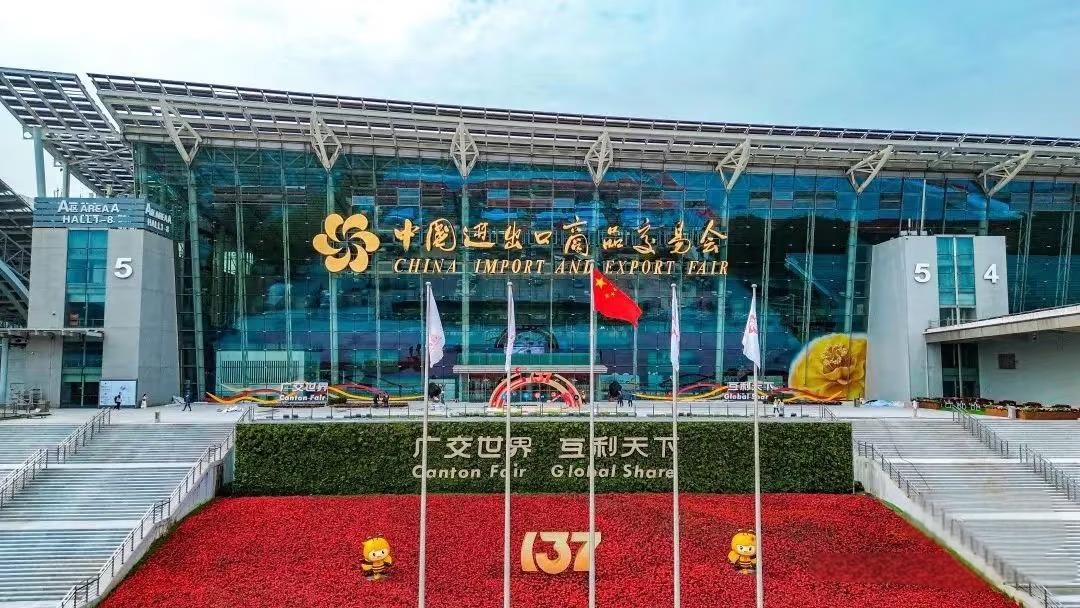
Entrance of the China Import and Export Fair Complex in Pazhou, Guangzhou – better known as the Canton Fair. International buyers flock here each spring and autumn to source products and packaging solutions. Planning ahead (from travel to target exhibitors) is key to making the most of this massive trade show.
Where to Stay in Guangzhou During the Canton Fair
Attending the Canton Fair means joining thousands of global buyers in Guangzhou, so securing convenient accommodation is crucial. Most buyers search for hotels near the Canton Fair (Pazhou) Complex for easy access. Popular upscale choices include The Westin Pazhou, which is located inside the fair complex itselfaxtongl.com, as well as nearby hotels like the Shangri-La Guangzhou and The Langham – all within a short drive. On the budget end, there are numerous local hotels and serviced apartments in districts like Haizhu or Tianhe that offer shuttle services to the fair. It’s wise to book well in advance, as rooms fill up during fair seasons. Also, look out for hotels designated by the fair organizers that have on-site “Overseas Buyers’ Registration Offices” – this allows you to conveniently pick up your buyer badge at the hotelaxtongl.com. In summary, when Google queries like “where to stay for Canton Fair Guangzhou” arise, the best answers highlight Pazhou-area hotels (for convenience) and emphasize early booking and registration logistics as key tips.
How to Find Chinese Packaging Suppliers at the Canton Fair
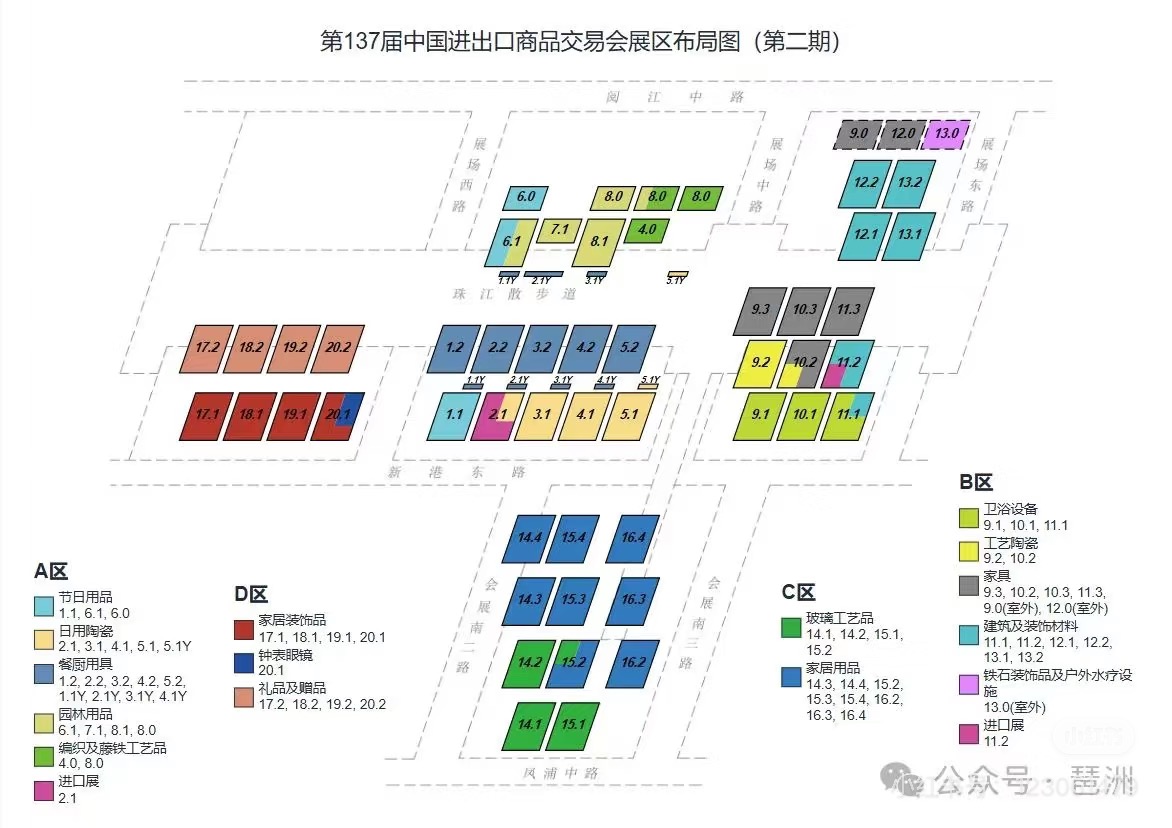
One of the top reasons buyers attend is to meet packaging suppliers face-to-face, but the sheer size of Canton Fair can be overwhelming. Savvy attendees often search for guidance on “how to find suppliers at Canton Fair”. The consensus: do your homework beforehand. The fair is divided into phases and product zones – for example, Phase 3 typically features categories like personal care and consumer products, which is when many cosmetic packaging suppliers exhibitlansilglobal.com. Start by checking the official Canton Fair directory (or website) for exhibitors in your category; you can search keywords like “packaging,” “bottles,” or specific materials to get a list of relevant companies. Have a game plan mapped out: as one Canton Fair guide notes, “figure out the categories of products that you want to buy in advance, [and] where they are located and when they are exhibiting.”reddit.com This means knowing which hall or zone will have, say, packaging for cosmetics versus packaging machinery, so you can prioritize your time.
Networking on social platforms can help too. Many suppliers announce their Canton Fair booth details on LinkedIn or Facebook. For instance, a LinkedIn search might show posts from packaging manufacturers inviting buyers to visit their booth (e.g., a post might highlight new packaging solutions at the 137th Canton Fair). Joining Facebook groups for Canton Fair attendees or sourcing can also provide tips – users often share which hall has packaging suppliers or even recommend specific booths. All these pre-fair searches – from Google to LinkedIn – help you arrive informed. The SEO keyword phrase “Canton Fair packaging suppliers” would naturally fit here, as we discuss using the fair’s own resources and online networks to find the right vendors.
Once at the fair, stay organized. With hundreds of booths, it’s easy to get sidetracked. Focus on your niche (for example, if you’re sourcing cosmetic bottles, spend your time in the personal care packaging area rather than wandering into unrelated sections). This focused approach is echoed by seasoned visitors who warn that first-timers can “spread themselves too thin” and should stick to their main goalsaxtongl.com. In practice, this means zeroing in on the suppliers you identified online, but also keeping an eye out for any innovative packaging displays – sometimes the best finds are from smaller exhibitors you hadn’t encountered online. By combining planned research with on-ground exploration, you’ll effectively find and engage the packaging suppliers you came for.
Identifying the “Best” Packaging Suppliers at the Canton Fair
It’s common for buyers to search for “best packaging suppliers at Canton Fair” hoping for shortcuts to reputable vendors. In truth, “best” is subjective, and the fair doesn’t rank suppliers – but you can identify high-quality partners with the right approach. First, understand that Canton Fair exhibitors are vetted by organizers to filter out completely fake companiesaxtongl.com. That means most booths represent legitimate businesses. However, many booths might actually be trading companies (middlemen) rather than the product manufacturers. Experienced importers advise working directly with manufacturers whenever possible to get better pricing and communication. How to tell? Factory booths often showcase a range of similar products (indicating they produce those items) and staff can discuss technical details. In contrast, a trading company might have an eclectic mix of items. “At the fair, there are many booths run by trading companies…which add their own margins. This is why many experienced buyers prefer dealing directly with the factories.”axtongl.com So a key tip to finding the “best” supplier is: ask if they are the manufacturer and observe whether their product line is focused (a good sign).
Next, evaluate suppliers by quality and credentials rather than flashy booths. Don’t hesitate to inspect product samples right at the booth – check the build, material, finish of bottles or packaging on display. A reliable supplier should be open to discussing specs and even willing to provide samples for you to test after the fairaxtongl.com. Also, look for any certifications displayed (or ask about them). Reputable packaging manufacturers often hold certifications like ISO 9001 (quality management) or others relevant to packaging materials. These “relevant certifications like ISO, CE, or other industry standards” indicate a supplier that adheres to global quality benchmarksaxtongl.com.
Another pro tip: judge their communication and transparency. If the supplier readily answers your questions, provides clear details on MOQs, pricing, and is not evasive about their capabilities, that’s a positive sign. You might ask about their current clients or export countries – many top suppliers proudly share that information. Some buyers even use Google or LinkedIn on the spot to search the company name for any reviews or to see their online presence. In summary, instead of a literal list of “top 10 suppliers,” your content should guide readers on how to identify a top supplier: by focusing on manufacturers vs. traders, product quality, certifications, communication, and willingness to follow up. These criteria will help them find the effective best supplier for their needs. (Keywords naturally used here include best packaging suppliers China, quality packaging manufacturer, etc., which align with what readers might search.)
Eco-Friendly Cosmetic Packaging Suppliers in China (Sustainability Trends)
The search for sustainable or eco-friendly packaging is a major trend, and international buyers are actively looking for “eco-friendly cosmetic packaging suppliers in China.” In fact, sustainability has become such a focus that many exhibitors at Canton Fair now spotlight their green credentials. During recent sessions, companies have showcased packaging made from biodegradable materials, recycled plastics, and other earth-friendly innovations. For example, one Chinese packaging company, MVI ECOPACK, highlighted a range of biodegradable and compostable packaging products (like sugarcane pulp tableware and cornstarch containers) as their main theme at the fairmviecopack.com. An industry reflection from the 133rd Canton Fair noted the “increasing importance of sustainable packaging solutions that prioritize recyclability and the use of renewable materials.”linkedin.com In other words, green packaging is on every buyer’s radar right now.
For a blog post targeting these buyers, it’s crucial to address this interest. Discuss how many Chinese suppliers now offer eco-friendly options – for instance, cosmetic bottle manufacturers might use PCR (post-consumer recycled) plastic, offer glass bottles with bamboo caps, or design refillable packaging to reduce waste. Using SEO phrases like “sustainable cosmetic packaging China” or “eco-friendly packaging supplier” will capture readers searching for those terms. You can mention that searches for things like “biodegradable packaging Canton Fair” have grown, reflecting the global push for sustainability.
Also provide tips on what buyers should ask suppliers: e.g., Do they have certifications for material sustainability (such as FSC for paper packaging or OK Compost for biodegradables)? Can they use recycled material in production? Many suppliers will advertise eco-friendliness, but savvy buyers will verify claims.
It’s worth noting that sustainable packaging content performs well online – people love to share innovations. So highlighting a few examples (like a supplier using corn starch plastics or a new refillable cosmetic jar design) could make the blog more engaging. The goal is to reassure international buyers that China has plenty of eco-friendly packaging suppliers and that at the Canton Fair they should “look for green keywords or signage” at booths or ask specifically for sustainable lines. By doing so, they can find partners that align with the rising consumer demand for eco-conscious packaging. Naturally, this section can segue into mentioning PauPack’s capabilities (since PauPack emphasizes sustainable packaging) – e.g., noting that one-stop providers like PauPack invest in sustainable design to meet such needs – but more on PauPack shortly.
How to Verify and Trust Suppliers from the Canton Fair
Sourcing packaging is not just about finding a supplier – it’s about finding a reliable supplier. Hence a common query: “How do I verify a supplier I met at Canton Fair?” In online searches, buyers often look for tips to avoid scams or poor-quality vendors. Your content should emphasize due diligence steps that every buyer should take during and after the fair.
First, reassure readers: the Canton Fair does an initial screening of exhibitors, so outright fake companies are very unlikely on the show flooraxtongl.com. However, verification is still essential to ensure the company can deliver on quality, compliance, and business terms. One key step is to check certifications and credentials – as mentioned earlier, ask to see copies of relevant certificates (ISO quality certificates, product testing reports, etc.). If a packaging supplier claims to produce food-grade or medical-grade packaging, for example, they should have documentation for standards like ISO 15378 (for primary packaging materials) or even GMP compliance. A serious supplier will not hesitate to share these. In fact, experts often advise that buyers should verify suppliers through SGS or ISO certifications before making dealsglobaltradeplaza.com, essentially using third-party verification services if needed. This might involve hiring an inspection company (like SGS, Bureau Veritas, or AsiaInspection) to do a factory audit after the fair, especially if a large order is at stake. Many buyers will visit the factory in person as well – and it’s a good sign if the supplier welcomes a factory visit. (If time permits during your China trip, touring the factory can confirm the production capacity and conditions; otherwise, virtual video tours or local agents can do this.)
Another verification tool is to ask for references. Don’t be shy about requesting contact info for other clients (ideally overseas clients) who have bought similar packaging. Some suppliers may even have testimonials. Reaching out to a fellow buyer for feedback can reveal a lot about the supplier’s reliability – whether they deliver on time, if product quality was consistent, etc. As one guide suggests, “ask your potential supplier for their current and previous customers… and feedback about quality and delivery”axtongl.com. Even if you don’t directly contact those references, gauge the reaction of the supplier – a transparent company will have no issues with the request, whereas evasiveness could be a red flag.
Buyers also search for signs of legitimacy online. After meeting a supplier, one might Google the company name – does it have a professional website? Is it on Alibaba or Global Sources with a verified profile? Does it have a LinkedIn page? A robust online presence (and certainly any positive reviews or case studies you can find) helps build trust. Conversely, if an internet search finds complaints or the company is virtually invisible online, proceed with caution.
Finally, mention trade assurances: for instance, using secure payment methods or small initial orders. Some content might note that Alibaba’s Trade Assurance or using an escrow service for the first transaction adds a layer of safety. While the blog focus is Canton Fair, it’s relevant since many will continue the conversation via email and place orders after the fair.
By covering these verification steps, the blog not only answers the “how to verify” question but also naturally includes SEO terms like verify Chinese suppliers, supplier credibility Canton Fair, SGS verification China supplier, etc. This gives readers a checklist to follow. Emphasize that investing time in due diligence is non-negotiable: “Trust, but verify” every potential partner before making big commitments. This kind of authoritative advice builds confidence among readers that your blog (and by extension, PauPack) prioritizes quality and reliability in China sourcing.
Product Sourcing Tips for Cosmetics & Personal Care Brands
Many of the target readers are building cosmetic or personal care brands and will be searching for sourcing advice tailored to their needs. Queries like “sourcing packaging for cosmetic brand China” or “tips for buying cosmetic bottles at Canton Fair” are indicative of this. In this section, we’ll combine general sourcing best practices with specifics relevant to cosmetics (which often involve packaging aesthetics and safety).
1. Stay focused on your niche: As mentioned, the Canton Fair is huge. A cosmetics brand should spend time in the sections relevant to beauty packaging (which may span personal care product halls and possibly packaging or design showcases) and not get distracted by unrelated product categoriesaxtongl.com. This sounds obvious, but with thousands of booths, focus is key to not feeling overwhelmed. Make a list of the types of packaging you need – e.g., airless pump bottles for creams, glass dropper bottles for serums, jars for balms – and use that as your scavenger hunt list at the fair.
2. Ask about customization and design capabilities: Cosmetics is an industry where branding and appearance of packaging are critical. Buyers will be interested in suppliers who can provide custom bottle designs, color matching, silk-screen printing, embossing, etc. Encourage readers to ask suppliers: Can you customize the mold or do custom shapes? What decoration techniques do you offer (printing, hot-stamping, matte finishes)? Top cosmetic packaging suppliers in China typically offer a wide range of offerings – as one report notes, “Top suppliers offer thousands of stock options… covering various volumes yet customizable for niche orders.”linkedin.com So if a supplier has a broad catalog (plastic bottles, glass bottles, pumps, caps all in one place) that’s a plus – it implies they are a one-stop shop for packaging needs. Also, inquire if they design in-house or have an R&D team for packaging; brands with unique concepts might want a supplier who can co-develop a new packaging concept. Use keywords like custom cosmetic packaging China or cosmetic bottle supplier here, as these match user searches.
3. Mind the MOQs (Minimum Order Quantities): Newer cosmetics brands especially might not want 50,000 units of a bottle on first order. Clarify typical MOQs with each supplier. Some Chinese suppliers are flexible or have lower MOQs for first orders or for standard models, while custom molds usually require higher volumes. Tips: If MOQs are high, see if the supplier has a standard package (like a generic 50ml lotion bottle) that they can brand for you without new molds – this often allows smaller orders.
4. Evaluate material and quality suitability: Cosmetic and personal care products have particular packaging requirements. For instance, if you’re sourcing a skincare cream jar, you need to ensure the plastic is compatible with your formula (no leaching of chemicals, etc.), or if it’s glass, that it’s thick enough to be durable. If it’s a medical or health product, maybe you need medical-grade plastic. For beauty brands targeting luxury, glass bottles or acrylic bottles are popular for their premium feel – as an example, “for high-end skin care, glass bottles add a premium aesthetic”linkedin.com, whereas acrylic can offer unique shapes and crystal clarity for a luxurious looklinkedin.com. Mention these considerations to show you understand the specific needs of cosmetic packaging. Also, test the functionality: try the spray or pump at the booth, check the threading of caps, etc. A pretty bottle is useless if the pump mechanism fails, so functional quality is paramount.
5. Check for industry-specific standards: If your brand is selling in certain markets, packaging might need to comply with regulations (for example, EU cosmetics regulations, or use BPA-free materials). Some advanced suppliers adhere to cosmetic GMP standards – e.g., they might have ISO 22716 certification (which is a Good Manufacturing Practice for cosmetics) or ISO 15378 for packaging. In a deep-dive article, it’s suggested to “look for updated ISO 22716, ISO 15378, and ISO 9001 conformance... showing adherence to quality system regulations for cosmetics goods production”linkedin.com. While not every buyer will demand this, mentioning it positions the blog as knowledgeable. At least advise readers to ask about material safety and whether the supplier’s products have been used by known cosmetic brands (a form of social proof of quality).
6. Logistics and follow-up: Sourcing at the fair is just the beginning. Remind brands to plan the next steps after meeting a supplier. This includes collecting business cards and brochures (bring a notebook to jot down booth numbers & impressions), and following up soon after the fair ends – suppliers meet many people, so reconnecting (via email or WeChat, which is very common in China) is important. Also, discuss shipping: many packaging suppliers can arrange freight forwarding for international shipments. A tip for cosmetics, especially if ordering glass: ensure proper packaging for shipping to avoid breakage, and consider requesting a smaller trial shipment first.
By covering these tips, a section on “product sourcing tips for cosmetics brands” will be rich in value. It naturally incorporates SEO phrases like cosmetic packaging supplier China, cosmetics sourcing Canton Fair, one-stop packaging for beauty brands etc. The guidance shows you understand the pain points of cosmetics industry buyers – needing low MOQs, high quality, great design, and trustworthy partners.
This is a great place to subtly highlight how a company like PauPack can fulfill many of these needs (since PauPack specializes in plastic and glass packaging for cosmetics with custom design and sustainable options). For instance, after giving general tips, you might add: "Brands can also consider partnering with a one-stop packaging provider that ticks all these boxes – for example, PauPack offers a wide range of cosmetic bottles and jars, in-house design support, and has experience meeting international quality standards." This smoothly positions PauPack as a solution without making the section purely promotional.
Integrating PauPack as a One-Stop Packaging Solution Provider
Throughout the content, we’ve touched on various needs: finding manufacturers vs. traders, getting multiple packaging types from one source, ensuring sustainable options, and simplifying logistics. This is the perfect context to introduce PauPack as a prime example of a one-stop packaging solution provider in China. International buyers often search for terms like “one-stop packaging supplier China” or “full-service packaging manufacturer” because dealing with a single reliable supplier for all their packaging needs is incredibly convenient.
PauPack fits this profile exactly. (A brief background: Suzhou PauPack Packaging, founded in 2013, is a one-stop manufacturer specializing in custom-designed glass bottles, plastic bottles, etc.youtube.com). In other words, they handle everything from design to production for a variety of packaging products. When crafting the blog, you can mention PauPack in a natural, informational tone. For example:
-
“Working with a one-stop supplier like PauPack can simplify your sourcing — PauPack has 13+ years of experience supplying all kinds of sustainable plastic and glass packaging, serving over 50 countrieslinkedin.com. This means a buyer can source cosmetic jars, lotion pumps, droppers, and more all from one trusted manufacturer, rather than piecing together orders from multiple sources.”
This highlights PauPack’s experience and global trust (note: 50+ countries served shows credibility). It also reiterates the sustainable angle – PauPack isn’t just one-stop, but a leader in sustainable packaging solutions (according to their profile, they “specialize in innovative and sustainable packaging… custom bottle designs and quality production”paupacking.com). This directly addresses the earlier section on eco-friendly packaging.
Another integration point: quality and verification. We could say, “For instance, PauPack’s long-standing track record and client base can give buyers peace of mind – when a supplier has over a decade of proven experience and references worldwide, it significantly reduces the risk compared to an unknown entity.” This subtly assures the reader that PauPack is a vetted choice (without just saying “choose PauPack because it’s great” – we always tie it to the buyer’s benefit, like reducing risk, simplifying sourcing, etc.).
Also, mention how a one-stop partner can offer consistent branding. If a cosmetic brand gets all its packaging (bottles, caps, boxes) from one place, they can ensure the colors match, the design language is consistent, and the delivery is consolidated. It’s the kind of value proposition that will resonate with the target audience, who might otherwise have to coordinate between a bottle supplier, a cap supplier, a printing vendor, etc. PauPack, being full-service, can coordinate those needs under one roof.
When integrating PauPack into the content, using a soft promotion technique is key. The idea is to naturally weave PauPack in as a case study or example of what the reader should look for. You might write a sentence like: “If you’re seeking a hassle-free solution, consider suppliers that provide end-to-end service. For example, PauPack in China serves as a one-stop shop – they design and manufacture plastic and glass bottles (with sustainable options), and even provide custom packaging designs. This means you can develop an entire product line’s packaging with one supplier, ensuring consistency and saving time.” Such a statement uses PauPack to illustrate a point (the benefit of one-stop suppliers), rather than appearing as an unrelated ad.
From an SEO standpoint, including PauPack’s name in the blog can also help if someone searches for PauPack specifically or related terms like “PauPack packaging China”. But more importantly, after reading the blog, a potential buyer should feel that PauPack is synonymous with the solutions they’re seeking: experienced, one-stop, sustainable, and reliable. That impression will direct them to inquire with PauPack when they’re ready to take action.
What Content Engages Canton Fair Packaging Buyers on 
PauPack Team will be there ,if you have any Sustainable Packaging need to Slove,please contact us.




